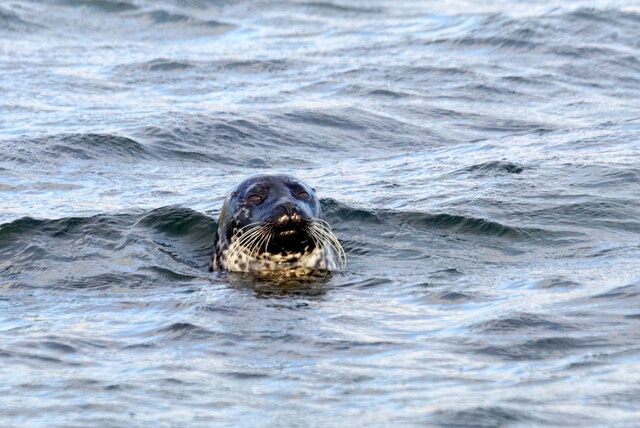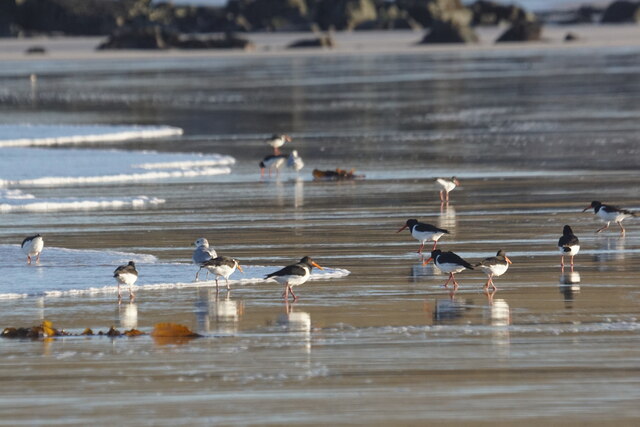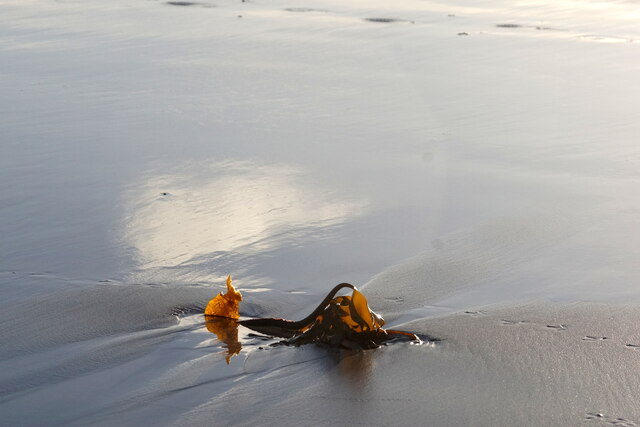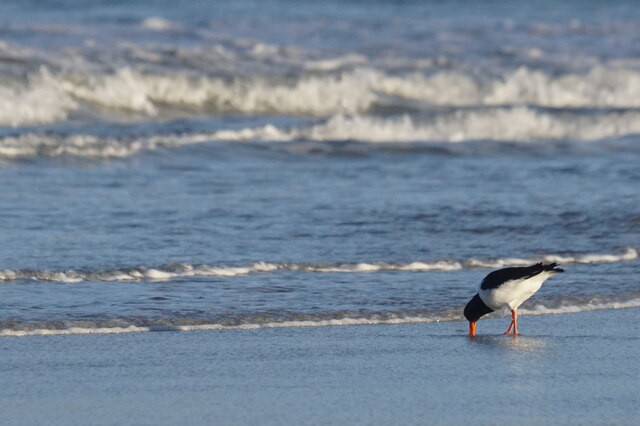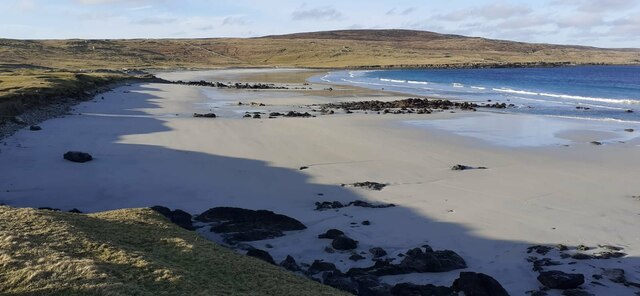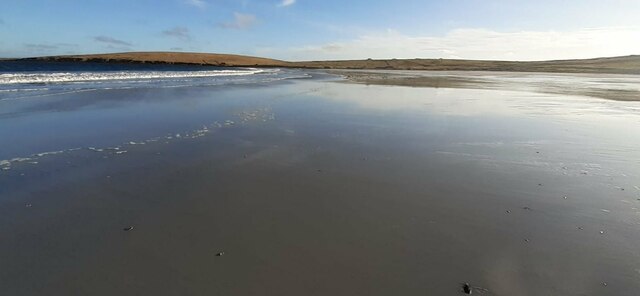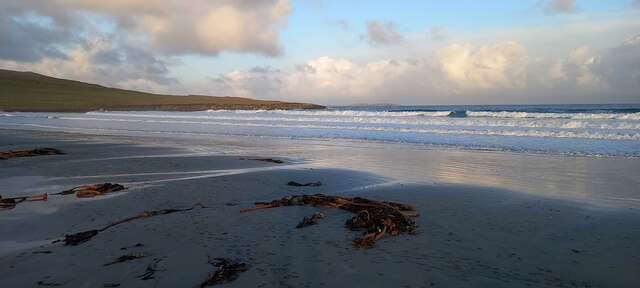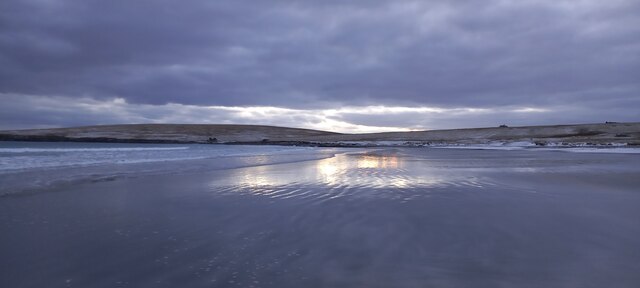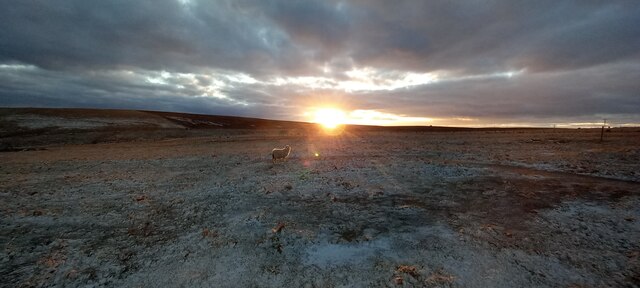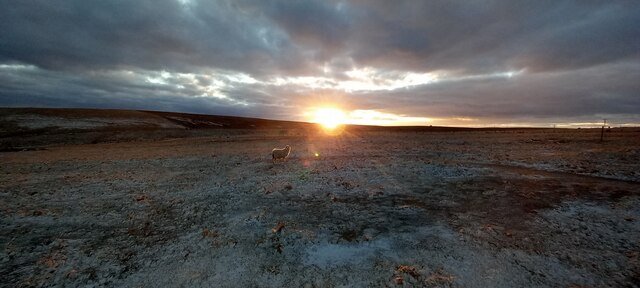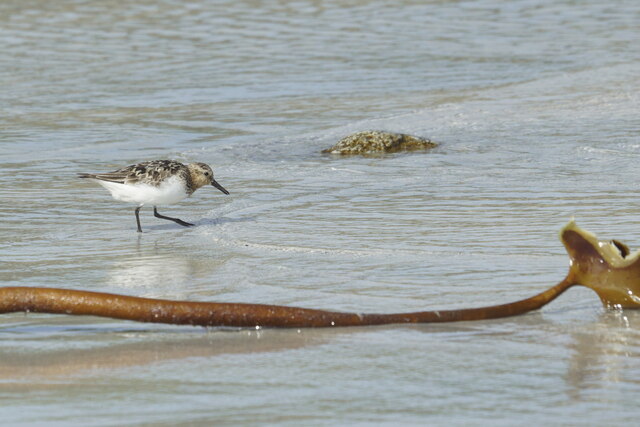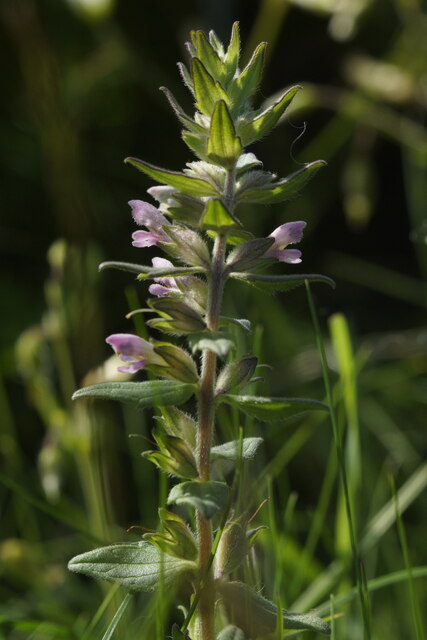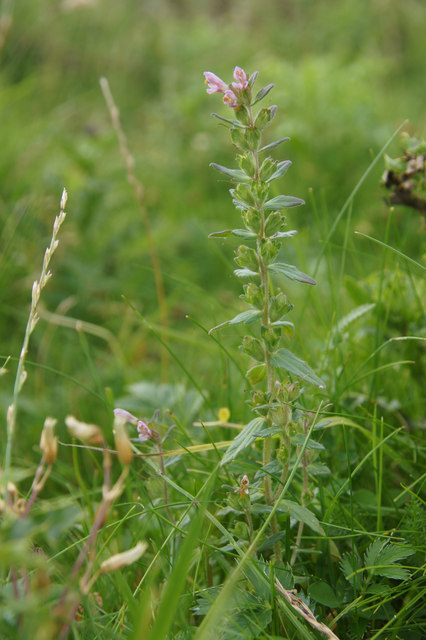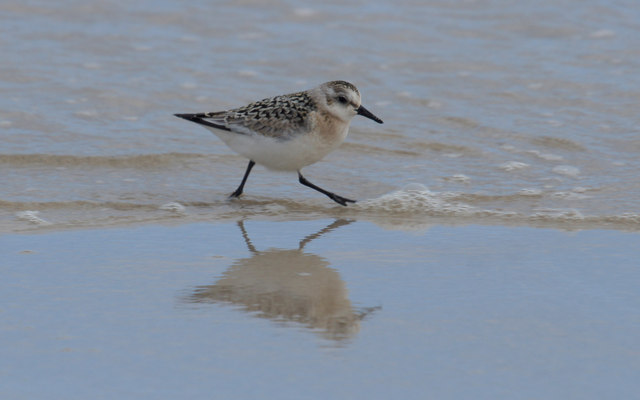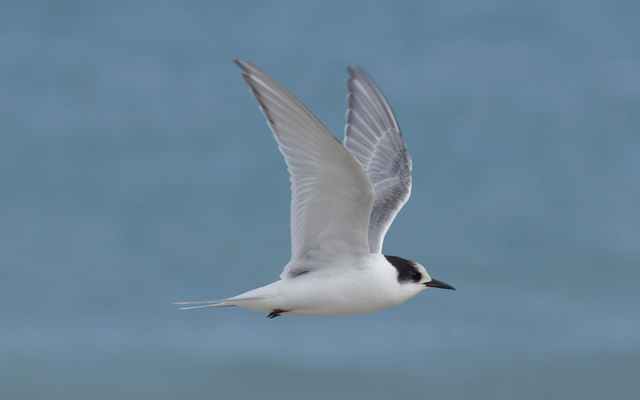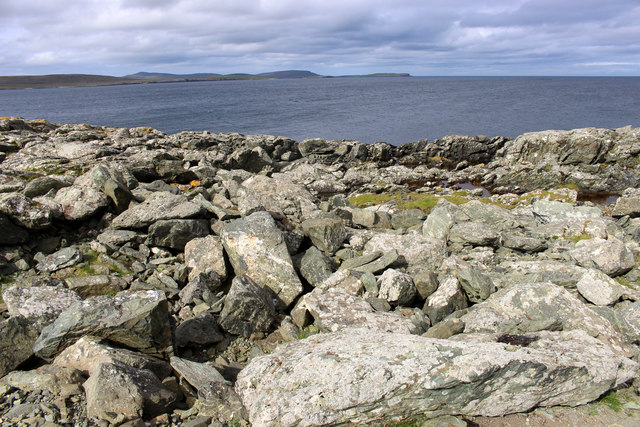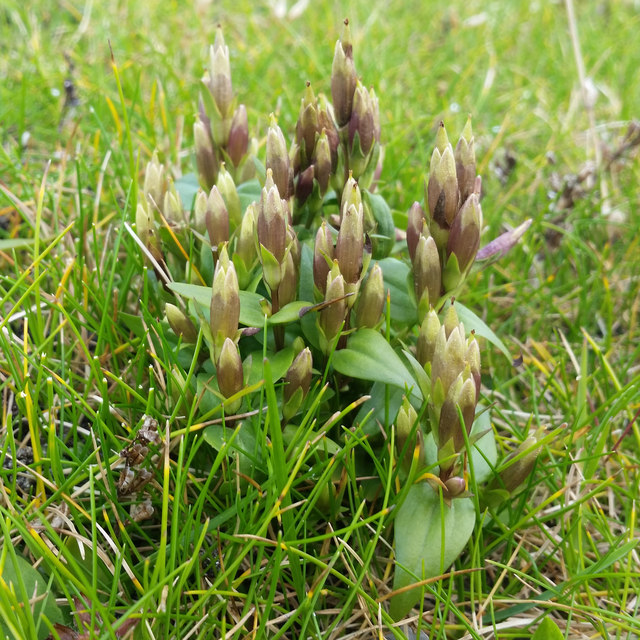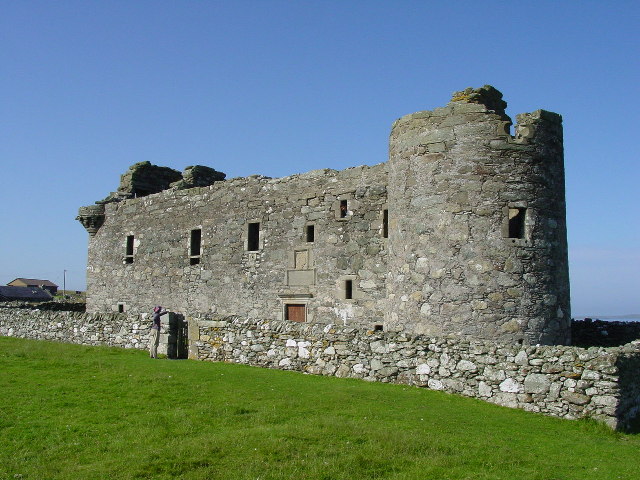Qui Ness
Coastal Marsh, Saltings in Shetland
Scotland
Qui Ness
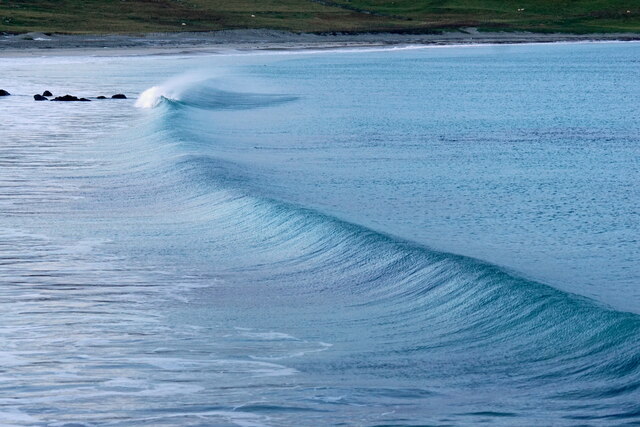
Qui Ness is a coastal marsh located in the Shetland Islands, off the north coast of Scotland. It is known for its unique ecosystem and diverse wildlife, making it a popular destination for nature enthusiasts and birdwatchers.
The marsh is situated on the eastern side of the island of Shetland, near the town of Lerwick. It covers an area of approximately 2 square kilometers and consists of saltmarshes, mudflats, and sand dunes. The marsh is influenced by the tides and is regularly flooded, creating a dynamic environment that supports a wide range of plant and animal species.
The vegetation of Qui Ness includes a variety of salt-tolerant plants such as sea aster, sea lavender, and sea purslane. These plants play a crucial role in stabilizing the soil and providing habitat for numerous invertebrates and nesting birds. The marsh is especially important for breeding waders such as redshanks, lapwings, and curlews, which rely on the mudflats for feeding.
In addition to its avian residents, Qui Ness is also home to several mammal species such as otters and seals, which can often be spotted along the coastline. The marsh is also a haven for marine life, with various fish and crustaceans inhabiting the surrounding waters.
Qui Ness is a designated Site of Special Scientific Interest (SSSI) and is managed by nature conservation organizations to preserve its delicate ecosystem. Visitors to the marsh can enjoy walking trails and observation points, allowing them to appreciate the beauty and biodiversity of this unique coastal habitat.
If you have any feedback on the listing, please let us know in the comments section below.
Qui Ness Images
Images are sourced within 2km of 60.707228/-0.86157022 or Grid Reference HP6203. Thanks to Geograph Open Source API. All images are credited.
Qui Ness is located at Grid Ref: HP6203 (Lat: 60.707228, Lng: -0.86157022)
Unitary Authority: Shetland Islands
Police Authority: Highlands and Islands
What 3 Words
///restores.fuss.text. Near Uyeasound, Shetland Islands
Nearby Locations
Related Wikis
Muness Castle
Muness Castle is located on Unst, which is one of the Shetland Islands of Scotland. The castle is 3 kilometres (1.9 mi) east of the village of Uyeasound...
Mailand, Shetland
Mailand is a hamlet in the Shetland Islands. It is on the island of Unst, the northernmost of the inhabited British Isles, near its southern coast. �...
Clivocast
Clivocast is a settlement on the island of Unst in the Shetland Islands, Scotland at 60.67°N 00.90°W / 60.67; -00.90 or grid reference HP6000 and is situated...
Uyeasound
Uyeasound is a village on the Isle of Unst, the northernmost island of the Shetland Islands, Scotland. It takes its name from the neighbouring strait of...
Huney
Huney is an uninhabited island due east of the island of Unst in the Shetland Islands, Scotland. The island is located approximately 1 kilometre south...
Unst Airport
Unst Airport also called Baltasound Airport is an unlicensed airfield near Baltasound, on the island of Unst, Shetland Islands, Scotland. The airfield...
Uyea, Unst
Uyea (Scots: Uyea) is an uninhabited island, lying south of Unst in Shetland, Scotland. == History == The island was inhabited as early as the Bronze Age...
Unst
Unst (; Scots: Unst; Norn: Ønst) is one of the North Isles of the Shetland Islands, Scotland. It is the northernmost of the inhabited British Isles and...
Nearby Amenities
Located within 500m of 60.707228,-0.86157022Have you been to Qui Ness?
Leave your review of Qui Ness below (or comments, questions and feedback).
